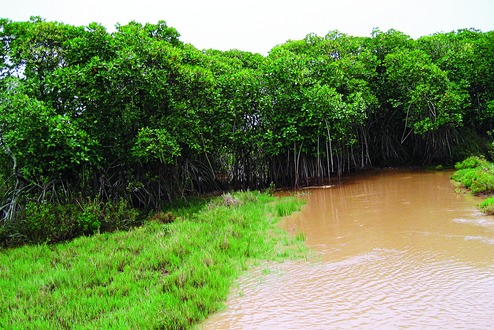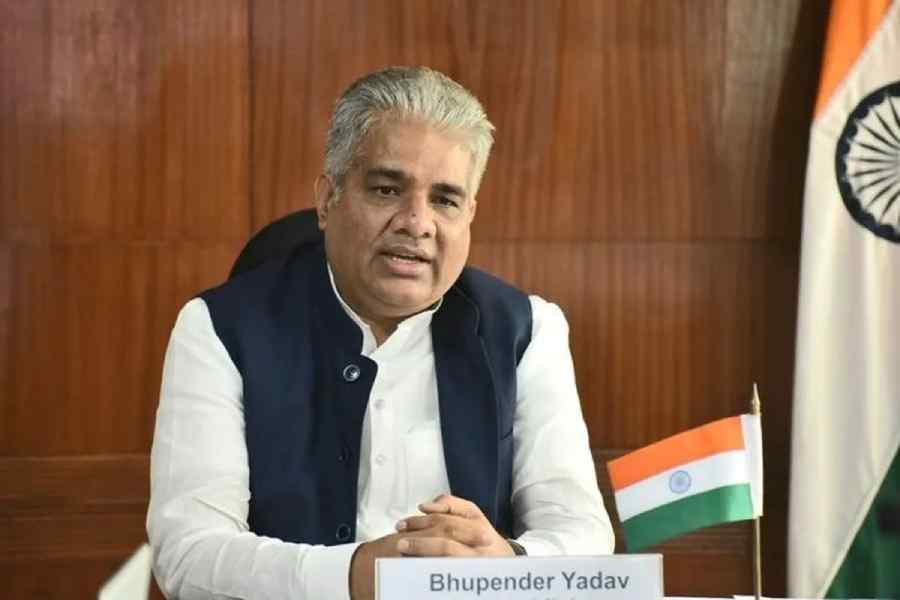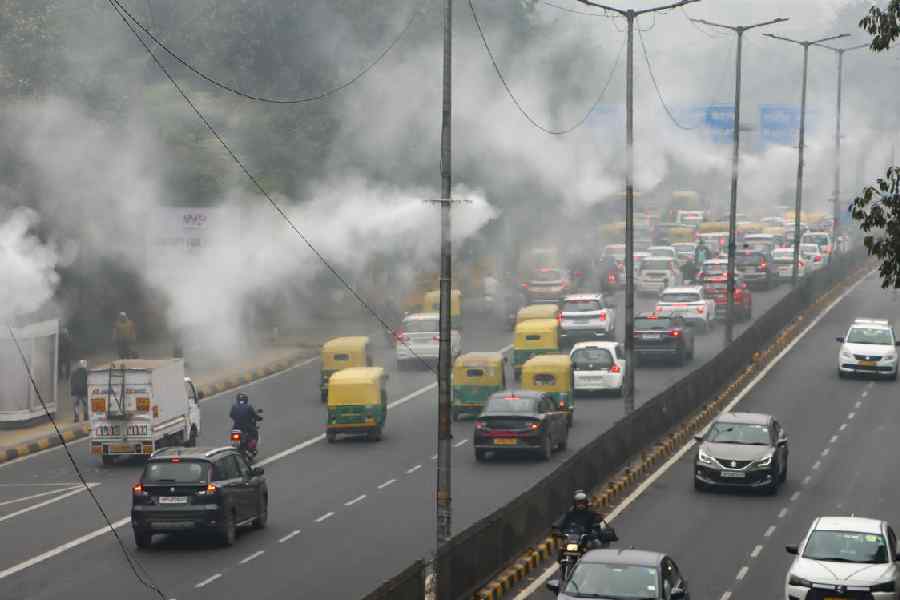
Bhubaneswar, April 20: The state government has initiated process to declare biodiversity heritage sites in Odisha in an attempt to preserve local habitats rich in plants and animal life.
The state government has notified the guidelines and modalities for declaration of the sites. The Odisha Biodiversity Board has begun receiving proposals, and documentation of the sites will commence shortly.
The board was formed in 2009 for documentation of biological resources, their conservation, sustainable use and equitable sharing of benefits of the rich biodiversity.
The Biological Diversity Act, 2002, empowers the state government to notify areas of biodiversity importance as the Biodiversity Heritage Site (BHS).
Such sites can be terrestrial, aquatic, coastal, inland and marine ecosystem that have rich biodiversity.
"Once the documentation is done, survey committees will be formed to verify the claims in consultation with the community concerned," said board member and scientist P.K. Dash on the sidelines of a sensitisation programme hosted today.
The board has received applications for five sites, including Khandadhar region in Su-ndargarh district and Chandragiri in Gajapati district.
The State Biodiversity Board may invite suggestion or consider those already coming from communities for declaration of the BHSs, through biodiversity management co-mmittees and other relevant community institutions, including gram sabhas, panchayats, urban wards, forest protection committees and tribal councils.

In this case, the local communities have sent the applications.
After recommendation fr-om the board and consultation with the Centre, the state government can issue a notification regarding the Biodiversity Heritage Sites.
"It is a long process. The BHS are closely linked to ecological security and, therefore, to human welfare," said Dash.
"To strengthen the biodiversity conservation in the traditionally managed areas and stem the rapid loss of biodiversity in the intensively managed areas, we need special attention," he said.
The sites are endowed with wild as well as domesticated species, high endemism and occurrence of rare and threatened species, keystone species and species of evolutionary significance.
A few states across the country have declared such heritage sites with Kerala being the highest, with seven. Other sites include "Glory of Allapalli", a dense forest patch in Maoist-affected Gadchiroli district of Maharashtra, and the Ameenpur lake in Telangana, which was the first water body in the country to become a biodiversity heritage site.
Once an area is declared as a heritage site, the local body will get a revenue share from those using biodiversity resources for commercial purposes. Moreover, collection of plants, animals and microbes gets strictly regulated and the local people will be involved in the conservation of the sites.
In another development, the board has also set a target of setting up 2,500 biodiversity management committees across the state by 2020.
Till now, around 1,200 such committees have been formed in 20 districts.
"We are working on capacity building of the committees and providing incentives to improve their involvement," said Dash.
The committee's primary function is to maintain a document on local biological resources and associated traditional knowledge, apart from conservation, sustainable use and documentation of biodiversity and equitable sharing of benefits arising from its use.
The other focus is also on preserving the 22 species of endemic plants that the state is endowed with. Endemic plants are those that are found in only one spot on the planet.
A number of researchers, foresters and people from diverse backgrounds attended the event today.











